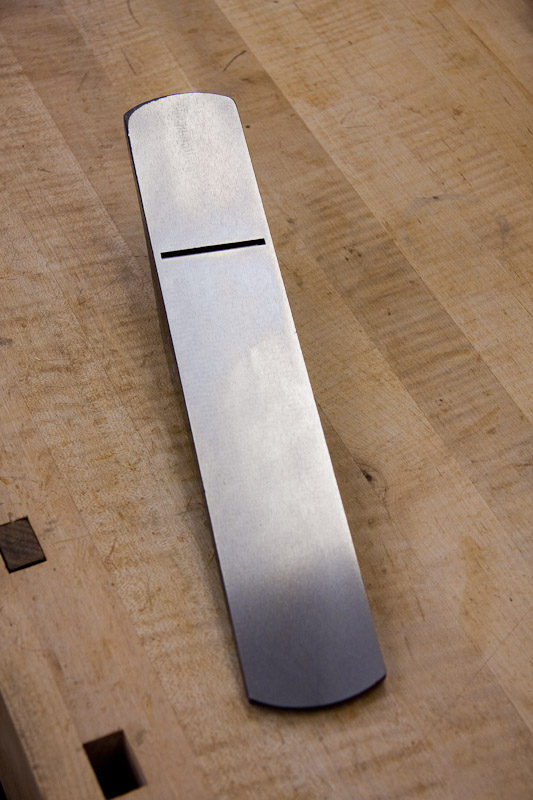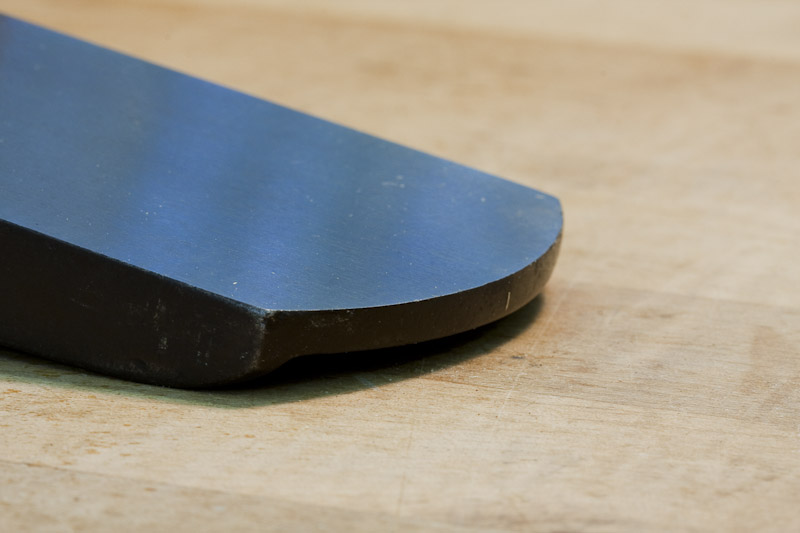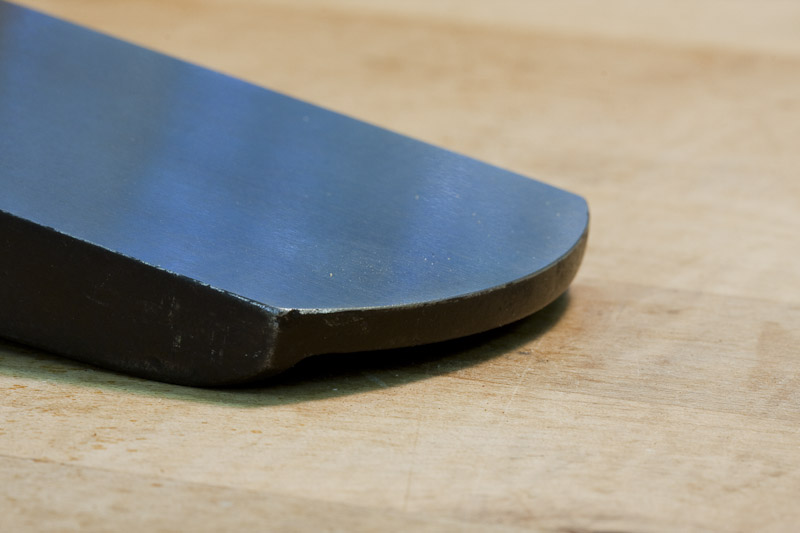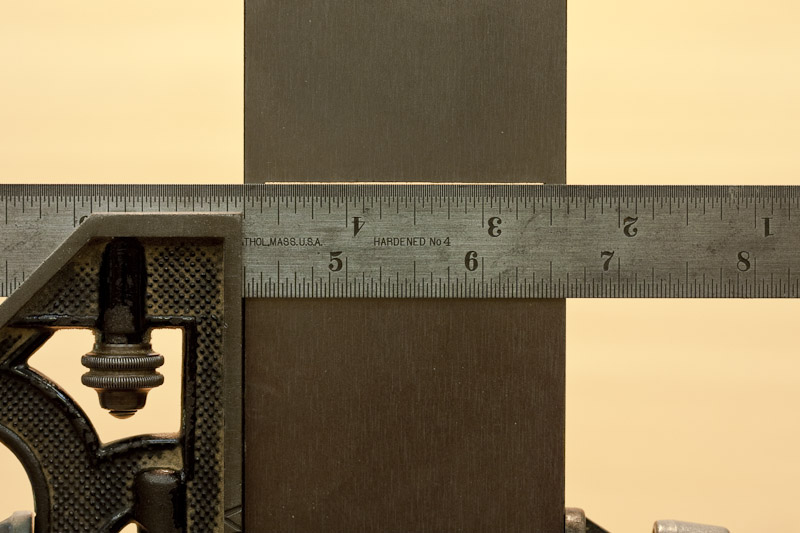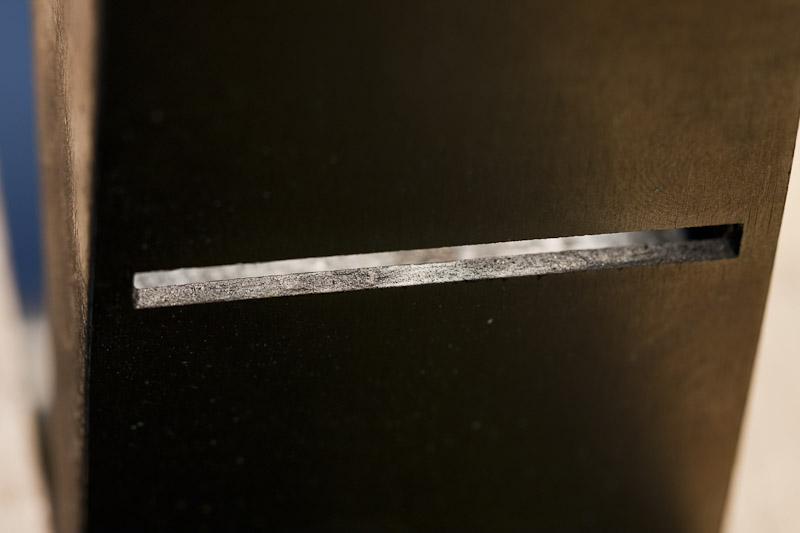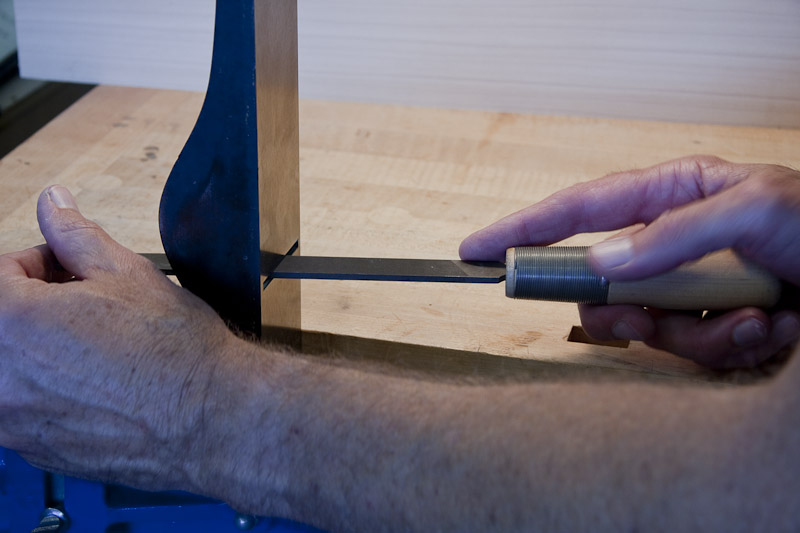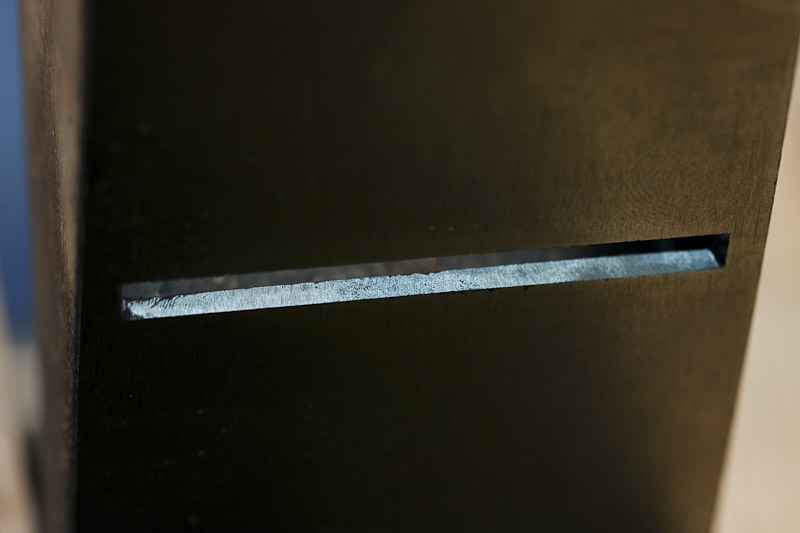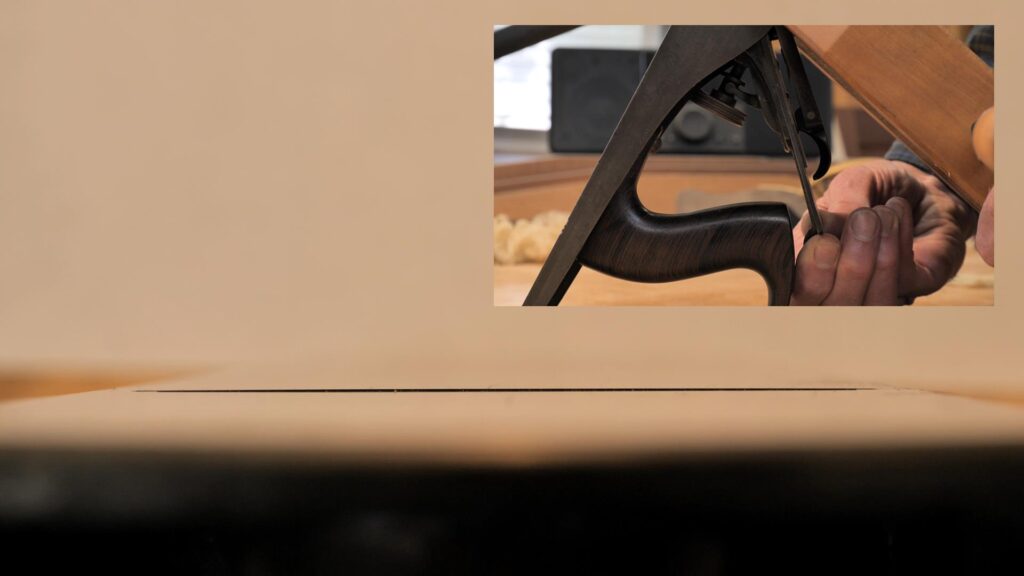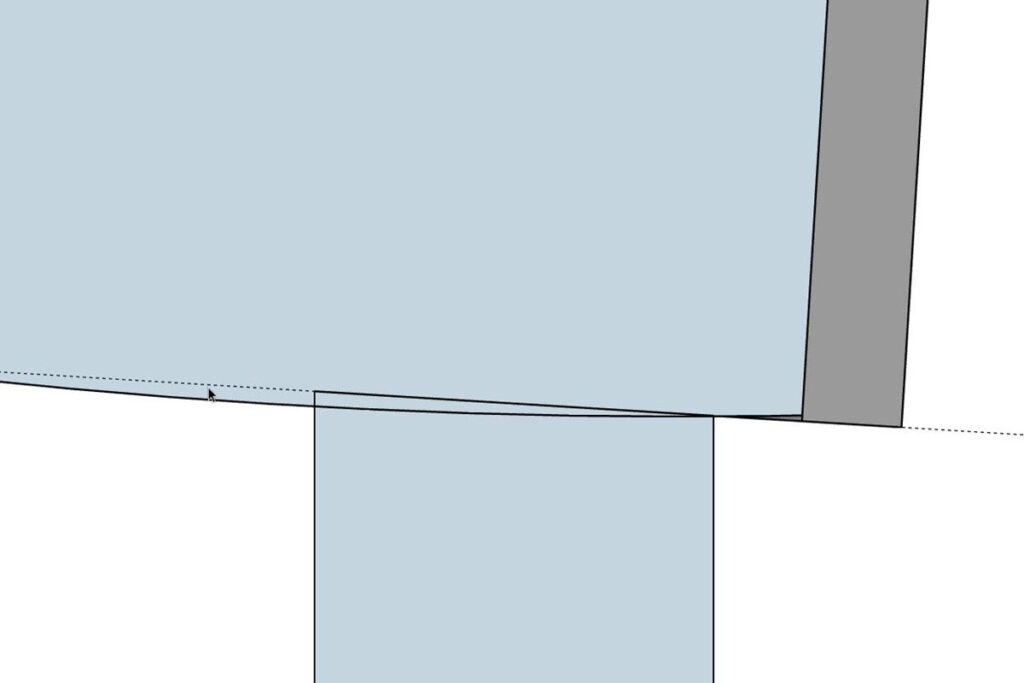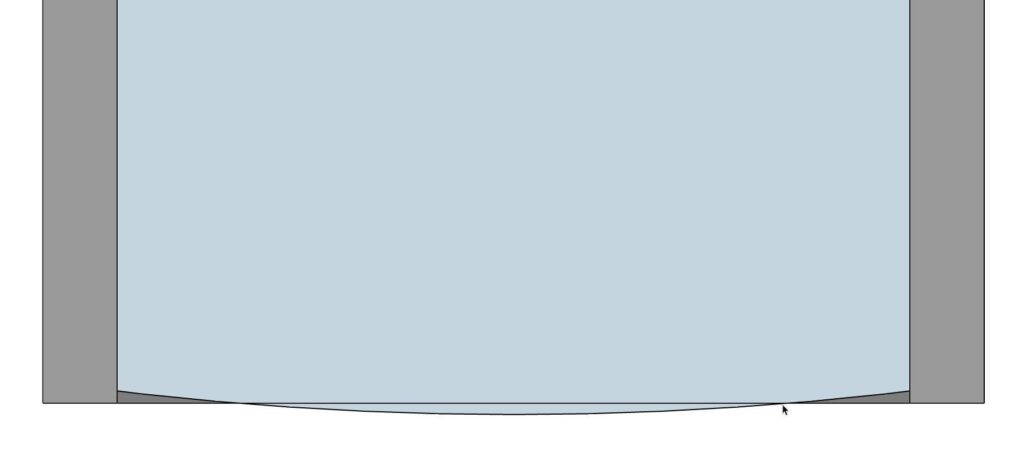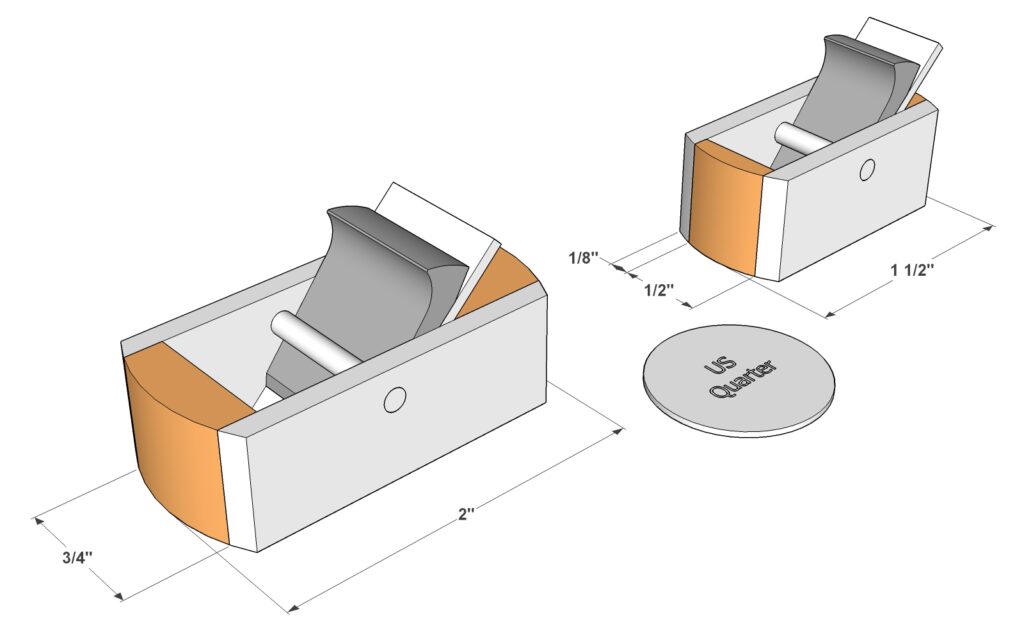Plane Tune-up 4
In this post, I’ll be fettling the body of the plane. I got it back from the machinist and it looked like this:
The grinding process leaves the edges of the sole pretty sharp. I use a mill smooth file to lightly file the side edges to remove the burr.
Similarly, I file the front and back edges. I’m careful not to remove too much material here, as rounding these areas too much may allow the plane, in use, to ride up and over shavings or debris in its path. Here are before and after shots of the back edge of the plane.
The mouth of the plane is next. The front edge of the mouth holds the shaving down to help reduce tearout. In order to do that well, the edge of the mouth should be square to the body and straight. It should also be relatively sharp. Here, I’m checking the mouth with a combination square.
It looks great. Here’s another view of the mouth prior to modification:
The mouth on this plane is surprisingly good. Typically, they aren’t quite square and rarely this straight. It won’t take much to get this one into fine shape. I start by clamping the plane body in a vise as shown. Be careful to not overtighten the vise; the cast iron on these old planes is brittle and can crack if you overdo it. Note that the bottom of the body is square to the bench.
Now, I can start filing.
I am using an 8″ mill bastard file. A 10″ file typically won’t fit in the mouth. File carefully and evenly to clean up the front edge of the mouth. When done, the surface should be flat and smooth, square to the edge and bottom of the sole, and the arris should be sharp.
I check for square and straight again and fix as needed. It looks good.
Next, I want to modify the throat a bit to ensure easy passage of shavings. During use, if the mouth is small (the distance from the edge of the blade to the edge of the mouth), shavings can get trapped as they pass by the chipbreaker. If the upper part of the mouth is relieved, that will allow more room for the shaving. Lie-Nielsen does this on their planes.
To do that, * angle the plane body in the vise as shown below and file a chamfer on the upper part of the mouth. The angle is around 5 to 10 degrees.
The result:
The bottom edge of the mouth, at the sole, is probably very sharp. Ease it slightly with 400 grit sandpaper. Note that the back edge of the mouth, behind the blade, is not a critical area; don’t mess with it unless something is really amiss.
The plane body is now ready to go.
